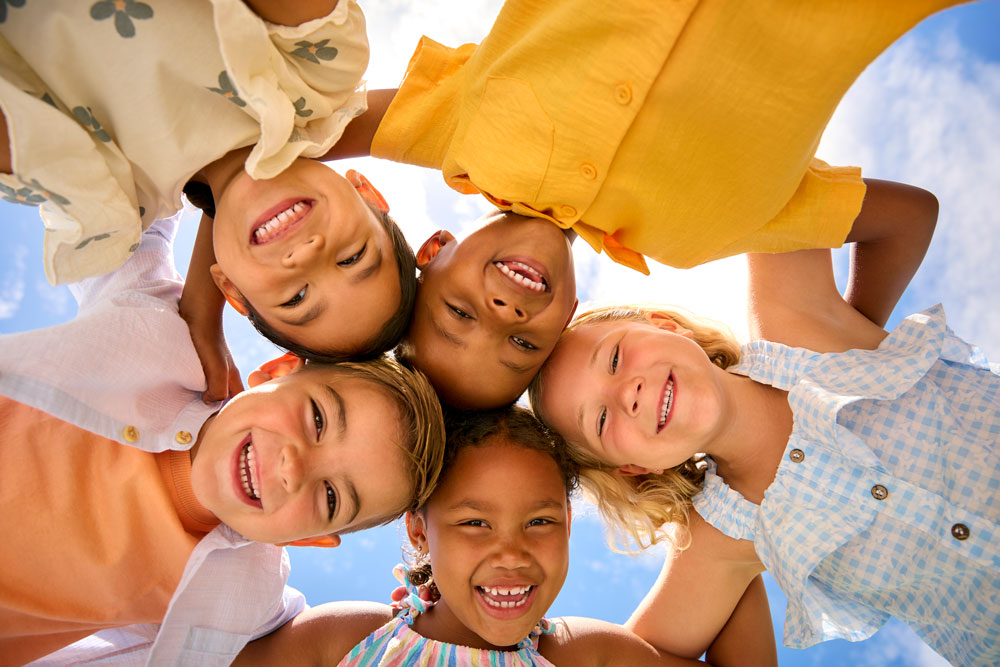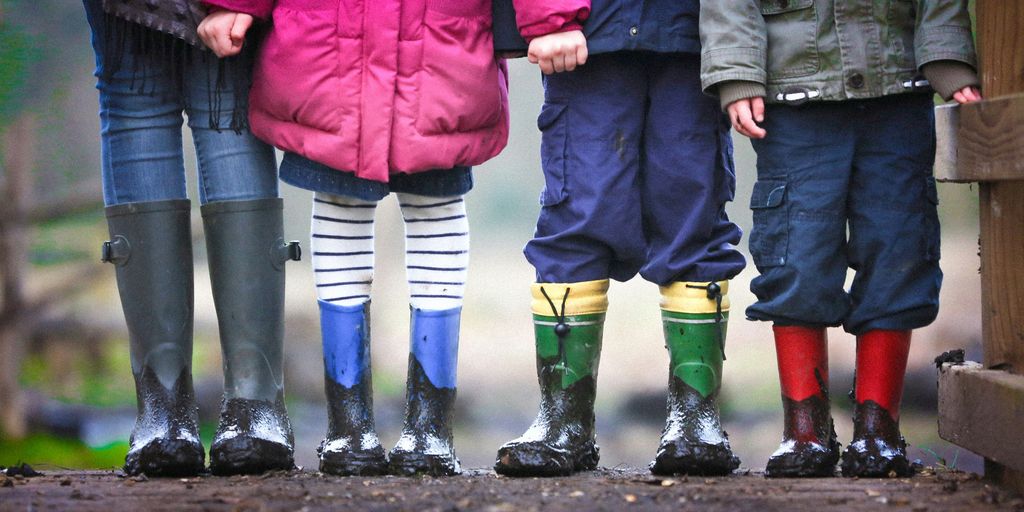
Exploring the Intersection of Language Learning and Creativity

The Role of Divergent Thinking
Learning a new language isn’t just about memorizing words and grammar. It’s about thinking in new ways! When we learn languages, we often have to come up with creative solutions because some words don’t have direct translations. This is called divergent thinking, and it’s a super important part of being creative.
Collaborative and Experiential Learning Approaches
Did you know that working with others can help you be more creative? When we learn languages together, through games or talking, we’re using what’s called collaborative and experiential learning. This means we learn by doing and sharing, which is a lot more fun and can help everyone think more creatively.
Language Learning’s Broader Cognitive Benefits
Learning languages does more than just help us communicate. It can also make our brains stronger in other ways! For example, people who speak more than one language are better at multitasking and might even make smarter decisions. So, learning a new language doesn’t just help us talk to more people; it also helps our brains grow stronger and smarter.
Cultural Perspectives on Creativity and Innovation

The Role of Divergent Thinking
Divergent thinking is a process for generating creative ideas by exploring many possible solutions. It typically occurs spontaneously, free-flowingly, and “non-linearly,” generating many ideas in an emergent cognitive fashion.
Collaborative and Experiential Learning Approaches
When we learn with others, we get to share ideas and try new things together. This is called collaborative learning. Experiential learning means learning by doing. Both of these help us understand things better and become more creative.
Language Learning’s Broader Cognitive Benefits
Learning a new language doesn’t just help us talk to more people. It also makes our brains stronger. It can improve our memory, help us solve problems better, and even make us better at multitasking.
By exploring how language learning and creativity work together, we can find new ways to think and learn.
Practical Applications of Creative Language Learning

Strategies for Enhancing Creativity Through Language
Learning a new language isn’t just about memorizing words and grammar. It’s about thinking in new ways and seeing the world differently. Using a bilingual creative curriculum can help kids at preschools like Little Thinkers ABC in Aloha, Oregon, to think more creatively. This involves fun activities that mix language learning with art, music, and play.
Purpose-Driven Innovation in Language Education
When preschools focus on purpose-driven learning, they help kids understand why they’re learning what they’re learning. For example, using language to solve problems or tell stories can make learning more meaningful. This approach is especially effective in multicultural hands-on experiences, where kids learn about different cultures through language.
From Imagination to Implementation
Turning creative ideas into real-world projects can be exciting for kids. Preschools that encourage this kind of learning allow children to design their own projects using the new languages they are learning. This could be making a simple book, putting on a play, or even starting a small business at school. It’s all about bringing their imagination to life and learning practical skills along the way.
The Future of Innovation in Language Education
Integrating New Teaching Methods
In the future, schools like Little Thinkers ABC will use new ways to teach languages. Teachers will mix games, technology, and group projects to make learning fun and effective. This helps kids understand and use new words in real-life situations.
Adapting to Technological Advancements
As technology gets better, our classrooms will too. We’ll use apps and online tools to help kids learn languages faster. This means they can practice anytime, anywhere, which is super cool!
Fostering Global Collaboration
Learning languages helps us make friends from around the world. Schools will work together across countries to share ideas and projects. This means kids will not only learn new languages but also about new cultures and ways of thinking.
As we explore ‘The Future of Innovation in Language Education’, it’s crucial to recognize the role of early education in shaping young minds. At Little Thinkers ABC, we are dedicated to providing a stimulating curriculum that nurtures creativity and growth. Discover how our programs can benefit your child by visiting our website and learning more about our offerings. Let’s build a brighter future together!
Conclusion
In the exploration of the convergence of language and creativity at Little Thinkers ABC, we’ve delved into how linguistic diversity and innovative teaching methods can significantly enhance creative thinking. The insights from various studies underscore the importance of embracing different cultural perspectives and collaborative learning environments to foster creativity. As we look towards implementing these strategies, it’s clear that the potential for innovation is boundless when we allow language learning to intersect with creative processes. This journey not only enriches the minds of learners but also prepares them to contribute uniquely and effectively in a diverse world.


